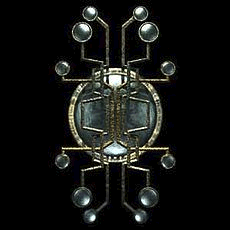DynDOLOD 3.00 Alpha 173
-
Similar Content
-
- 66 replies
- 31,583 views
-
- 15 replies
- 1,170 views
-
ACCEPTED Masque of Clavicus Vile for Beast Race SE (by Johnwhite92, Tenkuro09)
By CorneliusC,
- SKYRIMSE
- 06-models and textures
- (and 2 more)
- 11 replies
- 966 views
-
-
Recently Browsing 0 members
- No registered users viewing this page.




Recommended Posts
Create an account or sign in to comment
You need to be a member in order to leave a comment
Create an account
Sign up for a new account in our community. It's easy!
Register a new accountSign in
Already have an account? Sign in here.
Sign In Now